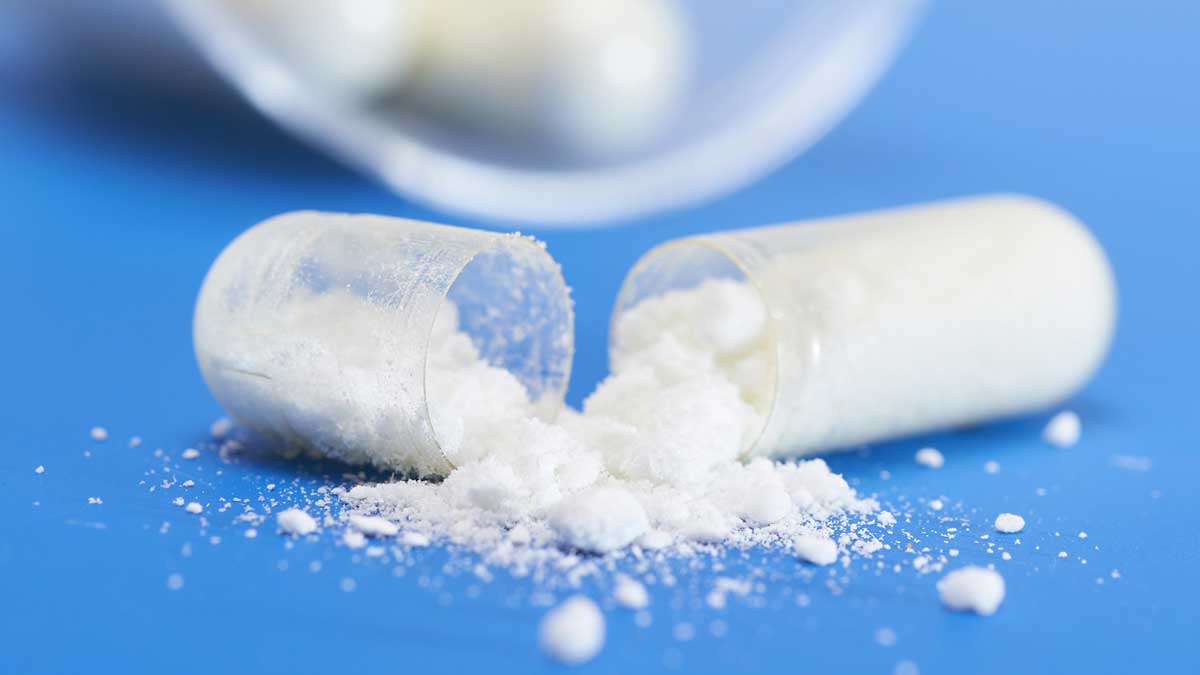Can We Simplify the Evaluation of Pharmaceutical Excipients?
Whether consumers are supplementing their diet with vitamins, taking a daily aspirin, or using an inhaler to relive asthma, they will likely presume the medicines they are prescribed are safe, effective, and of the highest quality. This assumption is, in most cases, correct – the pharmaceutical industry is one of the most highly regulated in the world.
Pharmaceutical regulations play an important role in ensuring the safety, quality, and efficacy of drug products for human use. They apply to the processes of testing, developing, and marketing medicines, and are required for both new innovations and already existing products.
Agencies such as the US Food and Drug Administration (FDA) and the European Medicines Agency (EMA) monitor drug manufacturers’ compliance with Current Good Manufacturing Practice (cGMP) regulations, which contain minimum requirements for the methods, facilities, and controls used in manufacturing, processing, and packing of a drug product.
Evaluating Excipients
Excipients are integral components of pharmaceutical drug formulations; they are defined as substances of a medicinal product other than the active pharmaceutical ingredient (API) or packaging material. The varying roles of excipients include enhancing dosage form volume or size, disintegration of solid dosage forms, binding of particulates, lubrication during processing, taste masking, or modifying drug release. The suitability of excipients for their intended use is defined by critical quality attributes (CQAs) such as identity, strength, and purity, while the manufacturing and process development of excipients must meet GMP compliance.
Setting specifications for excipients is complex due to the vast array of materials that are utilized in drug product formulation and is becoming increasingly complicated with the need to update excipient monographs through the introduction of modern analytical techniques.
The United States Pharmacopeia–National Formulary (USP–NF) provides continued guidance on how to specify excipient composition, including control of impurities. However, many believe further efforts are needed from the International Council for Harmonization (ICH) to set guidelines relating to the control of impurities in excipients.
Simplifying Processes – Live Webcast
Simplifying the evaluation of pharmaceutical excipients will be the main topic of conversation in an upcoming webinar led by industry experts, Dr. Moritz Perscheid, Head of Pharma Services at LGC, and Kieran Evans, Applications Scientist at PerkinElmer. They will discuss the numerous challenges associated with detecting impurities in excipients and propose potential strategies for simplifying the process.
The session will focus on the analytical techniques used for the characterization of pharmaceutical excipients and the regulatory framework for excipients testing, with a viewpoint on the USP stimuli article ‘The Complexity of Setting Compendial Specifications for Excipient Composition and Impurities’. They will also cover data integrity and the use of software compliant to cGMP and 21 CFR Part 11.
The live webcast is free to attend and will run on Wednesday, April 28 at 8AM PDT; 11AM EDT; 4PM BST; 5PM CEST.


